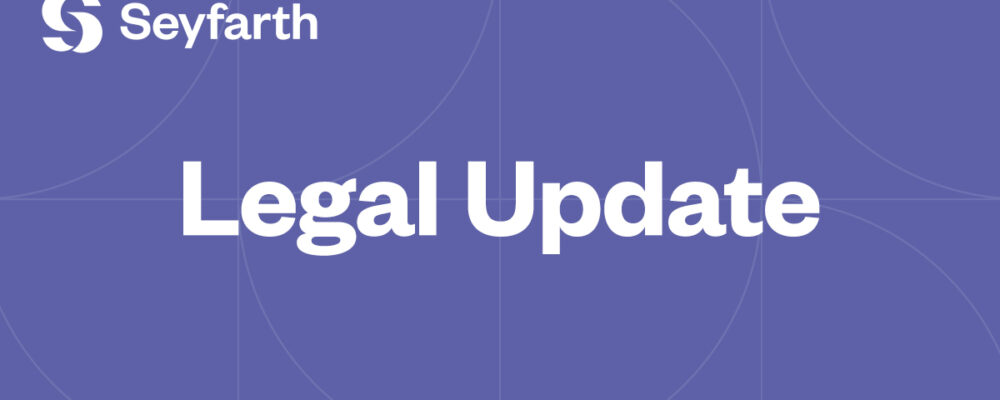Seyfarth Synopsis: On October 13, 2025, Governor Newsom signed Senate Bill 464 into law, introducing substantial changes to California’s annual pay data reporting obligations under Government Code Section 12999, requiring the use of more detailed job classifications, mandating civil penalties, and clarifying data storage requirements.
*****
On October 13, 2025, Governor Newsom signed Senate Bill 464 into law, introducing substantial changes to California’s annual pay data reporting obligations under Government Code Section 12999. This law requires employers with 100 or more U.S. employees to submit annual reports—called Payroll Employee Reports—to California’s Civil Rights Department (CRD) containing pay and demographic information of their California employees. There is also a similar reporting requirement for employers utilizing 100 or more third party labor contractor employees—called Labor Contractor Employee Reports. The amended law addresses storage of demographic data, provides new reporting categories, and mandates penalties for employers who fail to file. These changes impact both types of reports.
Employers Must Store Demographic Data Separately
The bill clarifies that any demographic information gathered by employers or labor contractors for the purpose of submitting pay data reports—such as race, ethnicity, and sex—must be stored separately from personnel records. This may not be a significant change for many employers who are likely already complying with this standard.
New Reporting Categories
Beginning with the 2026 reporting cycle (due May 2027), employers will be required to classify employees using 23 job categories from the Standard Occupational Classification (“SOC”) system—up from the 10 EEO-1 job categories used previously. This represents a significant expansion that will require employers to reassess how each job title is categorized for reporting purposes.
In prior years, most employers relied on the EEO-1 job categories used for their federal filings. Going forward, however, employers must align their workforce data with the 23 SOC job categories—a framework that may be unfamiliar to many organizations.
The shift introduces additional complexity and workload to a reporting obligation that is already viewed as burdensome, particularly with regard to the labor contractor reporting requirements. To prepare, employers will need to cross-walk legacy EEO-1 assignments to the new SOC categories, resolve edge-case roles that do not fit neatly into any classification, and manage year-over-year comparability issues that may no longer align with other required reports, including the EEO-1. For example, roles previously grouped under the broad “Professionals” category (such as lawyers, scientists, and architects) will now require separate categorization, further increasing administrative effort and the potential for inconsistency across filings.
The new categories apply to both payroll employees and labor contractor employees, which may require coordination with third-party labor contractors to ensure proper classifications are in place.
Mandatory Penalties for Failure to File
Under the prior iteration of Government Code Section 12999, courts were authorized—but not required—to issue penalties. Beginning in 2026, SB 464 requires courts to impose civil penalties against employers that fail to file a pay data report when requested by the CRD.
There is no change to the penalty amounts: up to $100 per employee for first failure to file, and up to $200 per employee for each subsequent failure. The penalties may be apportioned to any labor contractors that fail to provide necessary pay data to an employer.
Recommendations
Given these substantial modifications, employers should begin preparing for the new reporting and recordkeeping requirements as follows:
- Ensuring recordkeeping practices segregate demographic data from personnel records;
- Assigning job titles to one of the 23 new SOC job categories in an accurate and strategic manner;
- Evaluating system capabilities to electronically store and maintain SOC job category assignments for each job title to ease future reporting burdens and ensure consistency when applying to new roles; and
- If applicable, coordinating with your labor contractor partners to ensure they will be prepared to provide accurate data aligning with these new categories.
For additional information, please contact the authors of this alert, a member of Seyfarth’s People Analytics team, or any of Seyfarth’s attorneys.
“With approximately 900 lawyers across 17 offices, Seyfarth Shaw LLP provides advisory, litigation, and transactional legal services to clients worldwide.”
Please visit the firm link to site






